Discover the fascinating journey of pan dulce, a beloved traditional Mexican sweet that has captured hearts around the world. With a history dating back centuries, pan dulce transcends mere dessert status, becoming a symbol of cultural heritage and shared joy. From its humble origins to its modern-day variations, pan dulce offers a taste of Mexico’s rich traditions and culinary ingenuity. Whether you’re a fan of classic conchas or curious about its historical significance, join us as we unravel the vibrant history of pan dulce, exploring its evolution, cultural impact, and enduring appeal across generations.
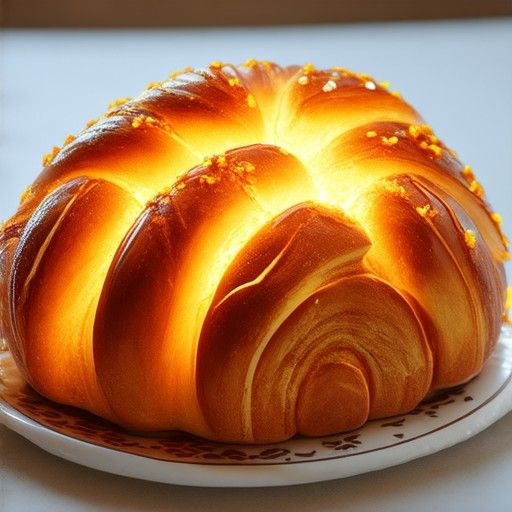
When Was Pan Dulce Invented?
Pan dulce, a beloved traditional Mexican sweet bread, traces its origins to the pre-Columbian era, influenced by the Aztec civilization. The Aztecs utilized a flour made from aguacate seeds to create a bread-like substance, though this wasn’t the pan dulce we recognize today.
With the arrival of Spanish conquistadors in the early 16th century, wheat was introduced to Mexico, revolutionizing bread-making practices. This introduction allowed bakers to develop denser, sweeter breads, leading to the evolution of pan dulce. Over time, recipes like “Pan de los Muertos” emerged, becoming iconic examples of pan dulce.
Thus, pan dulce as we know it today can be traced back to the 16th century, following the introduction of wheat to Mexico.
Fun Fact About Pan Dulce
Pan dulce, the iconic Mexican sweet bread, has a fascinating history rooted in tradition and creativity. Did you know that the origins of pan dulce trace back to a charming anecdote involving a local church official? Legend has it that this official dipped his bread in hot chocolate one chilly morning, and the result was a delicious, sweet treat that quickly became a regional favorite.
Over time, pan dulce evolved into a beloved symbol of Mexican culture, with its soft, buttery texture and rich flavor becoming a staple at celebrations, breakfast tables, and even as a late-night snack. Today, there are believed to be between 500 and 2,000 unique varieties of pan dulce across Mexico, each with its own unique twist and cultural significance.
From classic conchas to intricate designs like yema and bacardi, pan dulce continues to captivate food enthusiasts worldwide. Its popularity extends beyond borders, with many comparing it to European desserts like brioche and sweet rolls, yet still celebrating its distinct Mexican charm.
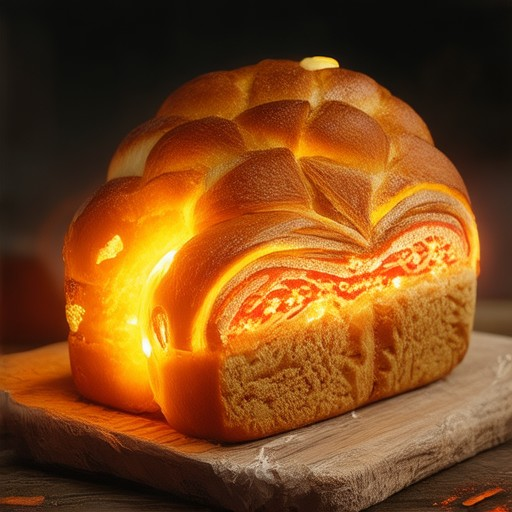
Significance of Pan Dulce
Pan dulce, a beloved traditional Mexican sweet bread, holds deep cultural and symbolic meanings beyond its delicious taste. Its significance extends far beyond mere sustenance, playing a vital role in daily life, celebrations, and cultural identity.
Origins and Traditions
Pan dulce has ancient roots tied to indigenous cultures in Mexico, who baked bread using simple ingredients like wheat, water, and salt. Over time, this traditional recipe evolved, incorporating milk, butter, and sugar, resulting in the soft, sweet bread we know today. Its widespread popularity is evident in its presence at nearly every meal, from breakfast to late-night snacks.
Symbolism and Rituals
For many Mexicans, pan dulce symbolizes comfort, warmth, and connection to the past. It’s often shared during family gatherings, festivals, and even casual moments like enjoying coffee with friends. Its presence at these events reinforces a sense of belonging and tradition, making it more than just a treat—it’s a cultural anchor.
Preparation and Varieties
The art of making pan dulce requires careful preparation, often involving overnight fermentation and baking in wood-fired ovens. This meticulous process highlights the value placed on craftsmanship and quality. Varieties like conchas (with a cheese-filled center) and empanadas (filled with fruits or nuts) showcase the versatility of this ingredient.
Celebrations and Events
Pan dulce plays a central role in festive occasions, such as Día de los Muertos (Day of the Dead), where it’s offered as a tribute to loved ones. Its presence at these events underscores its importance in celebrating life, death, and the cycles of nature.
Modern Relevance
Despite modern conveniences, pan dulce continues to hold its place in daily life. Its availability in bakeries and homes ensures it remains a cherished part of Mexican culture, bridging generations and fostering a sense of continuity.
Recipes and Pairings
To enhance your pan dulce experience, pair it with traditional beverages like café de leche (milk coffee) or champurrateado (a spiced fruit drink). For a unique twist, try dipping it in chocolate or topping it with fresh fruit.
Explore the rich history and diverse varieties of pan dulce by visiting our recipe section and discovering the art behind this beloved tradition.
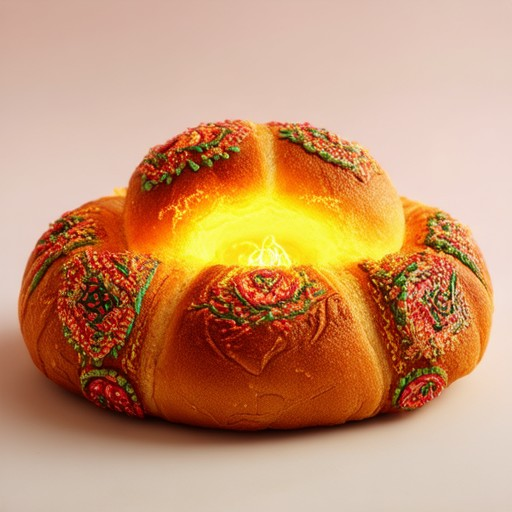
The History Behind Conchas
Conchas, a beloved type of pan dulce (Mexican sweet bread), have a rich history rooted in Mexico’s colonial past. Here’s a deeper look into their origins and evolution:
Origins of Conchas
The story of conchas begins with the introduction of wheat to Mexico by Spanish colonizers. This introduced a new ingredient to the region, leading local bakers to experiment with creating sweet breads. Over time, these bakers developed conchas, which derive their name from their shell-like shape. The term “concha” translates to “shell” in Spanish, reflecting the characteristic design of these breads.
Cultural Significance
Conchas hold a special place in Mexican culture, particularly in Mexico City. They are enjoyed as a dessert or snack and are often associated with celebrations and traditions. During Día de los Muertos (Day of the Dead), conchas are sometimes shaped into skulls and decorated, symbolizing the holiday’s themes of remembrance and celebration.
Modern Variations and Competitors
While traditional conchas remain popular, modern bakers have created variations with unique fillings and textures. Competitors like Paneto, Bimbo, and La Boulenc offer their takes on conchas, catering to different tastes and preferences. Each brand brings something distinct to the table, allowing consumers to choose based on personal preference.
Exploring Panito Mole’s Take
At Panito Mole, we celebrate the art of traditional pan dulce, including conchas. Our recipes and baking techniques pay homage to the rich history of Mexican cuisine while offering innovative twists. Whether you’re a fan of classic conchas or eager to try modern variations, Panito Mole provides a variety of options to satisfy your cravings.
Explore our collection of pan dulce recipes and learn more about the history of conchas.
By understanding the history and cultural significance of conchas, we can better appreciate their role in Mexican cuisine and their enduring appeal.
Fun Fact About Concha
Concha, a beloved traditional Mexican sweet bread, has an intriguing history and cultural significance. Here’s a fascinating tidbit:
-
Colonial Origins : Many believe conchas trace their roots back to the colonial period in Mexico. Introduced by French bakers who settled in what was then New Spain, these bakers adapted their French bread recipes to local tastes and ingredients, resulting in the iconic concha we know today.
-
A Nobleman’s Legend : There’s a charming story about a nobleman who, during a gathering, dipped a piece of bread into his hot chocolate and encouraged others to do the same. This gesture became so popular that it caught on among the crowd, leading to the concha becoming a staple in Mexican households.
-
Cultural Symbolism : Beyond just being a treat, conchas hold special meaning. They’re often enjoyed during Día de los Muertos (Day of the Dead) and are seen as a symbol of connection to loved ones who have passed.
For a delicious twist, try pairing conchas with rich mole sauces or enjoy them plain as a sweet snack. At Panito Mole, we celebrate the art of baking and the joy conchas bring to Mexican cuisine. Explore our recipes and learn how to make this traditional favorite yourself!
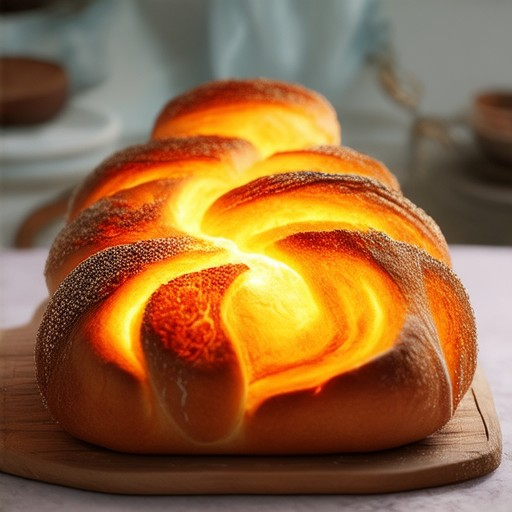
What Do Conchas Symbolize?
Conchas, the iconic Mexican sweet bread, carry deep cultural significance beyond their delicious taste. Here are the key ways they symbolize:
Cultural Identity and Belonging
- Community and Tradition : Conchas are central to Mexican-American gatherings, symbolizing unity and shared heritage.
- Resilience and Adaptation : Despite cultural shifts, conchas remain a cherished part of Mexican-American identity, showing resilience.
Spiritual and Moral Values
- Patience and Perseverance : The fermentation process mirrors the value of waiting for the perfect moment and trusting natural processes.
- Generosity and Gratitude : Often shared during celebrations, conchas embody the spirit of giving and appreciating life’s moments.
Natural and Agricultural Connections
- Fertility and Abundance : Their wheat-like shape evokes associations with agriculture, symbolizing productivity and plenty.
Aesthetic and Sensory Experiences
- Joy and Sweetness : Decorated with sugar or honey, conchas bring a sense of happiness and indulgence.
- Balance and Harmony : The contrast between soft bread and crunchy sugar represents equilibrium in life.
Hybridization and Home
- Cultural Blending : As a hybrid treat, conchas symbolize the fusion of traditions.
- Comfort and Nostalgia : They evoke feelings of home and familiarity across generations.
Historical and Creative Impact
- Evolution and Innovation : Conchas’ history reflects adaptability and creativity in culinary practices.
- Cultural Marker : Their presence in stories, songs, and art underscores their status as a cultural icon.
Conclusion
Conchas transcend food; they are a testament to community, resilience, and the rich tapestry of Mexican-American culture.
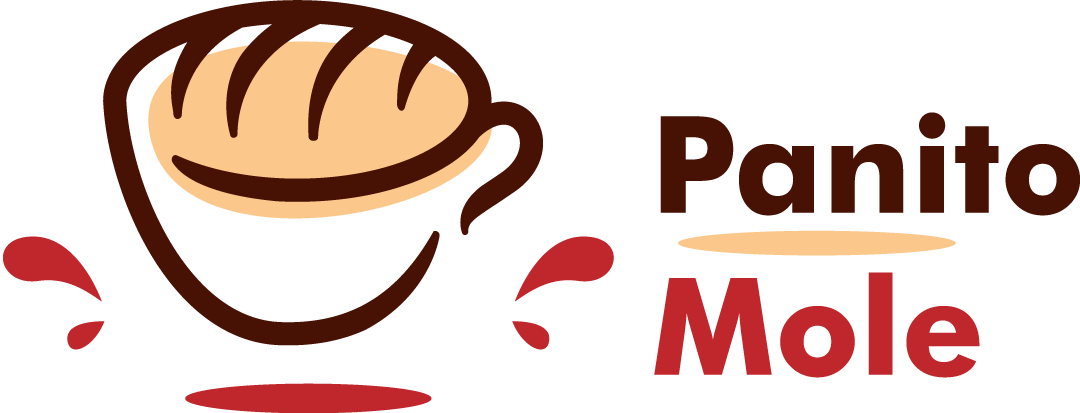
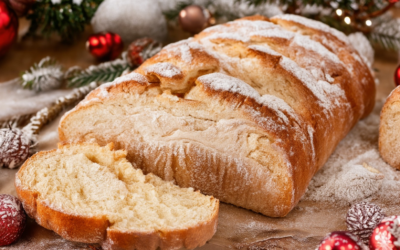
0 Comments